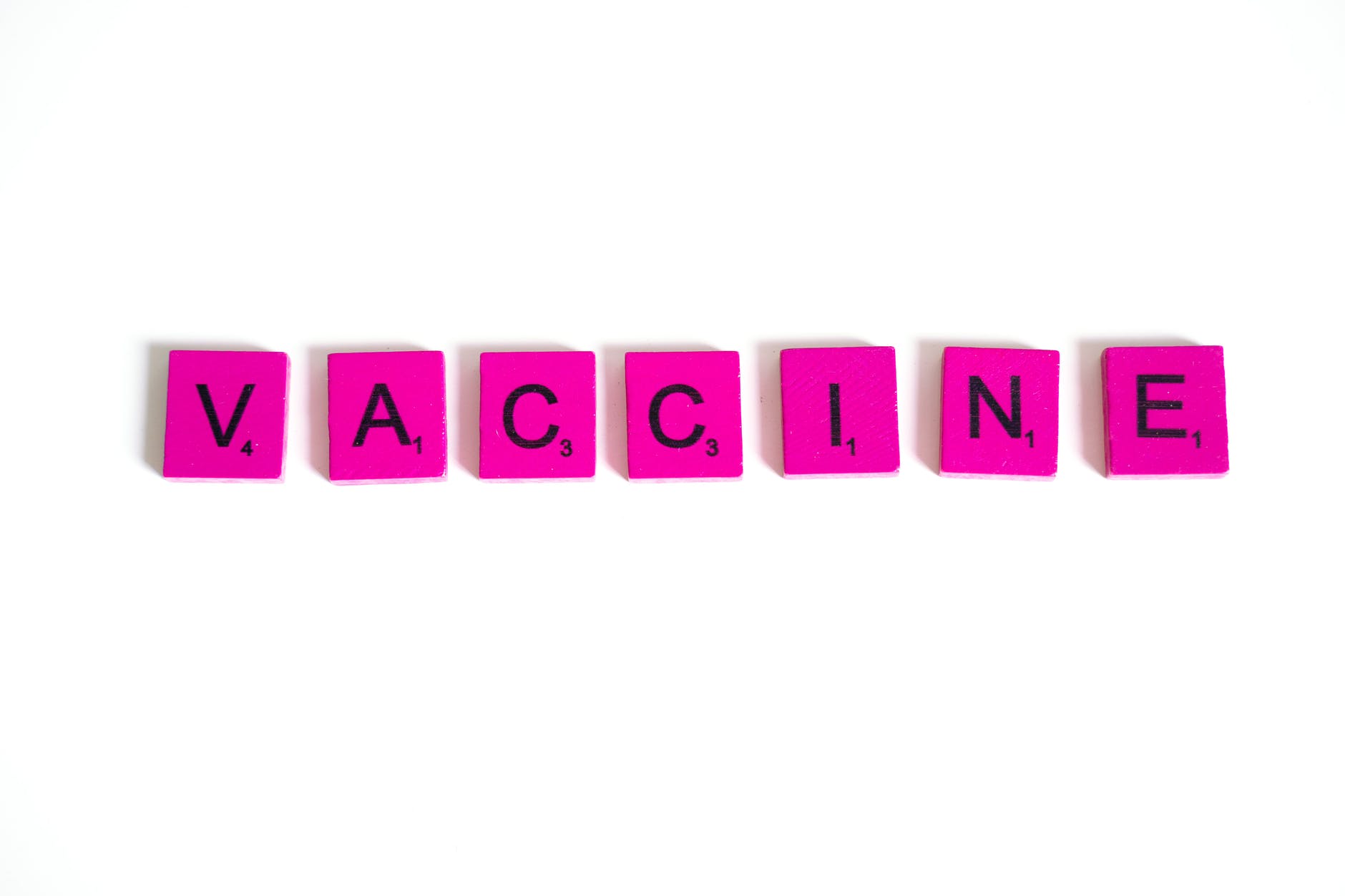By Sheeva Azma
As of writing this article, the New York Times reports that about 67% of people in the United States have received at least one dose of the COVID-19 vaccine, and about 60% are fully vaccinated. The challenge no longer concerns the supply of vaccine doses. Instead, as Jack Healy reports for The New York Times, the problem is now much different: people are shying away from getting vaccinated.

For his story, Healy spoke to members of the Cherokee Nation regarding their vaccination efforts, attitudes on the vaccines, and trends in vaccination. The tribe has been at the forefront of vaccination efforts in the state.
Healy also talked to people about their attitudes on vaccinations, not just within the Cherokee Nation, but more generally. His story reveals so much about what drives vaccine hesitancy.
The reluctance to get a COVID-19 vaccine (also called “vaccine hesitancy”) is widespread. Vaccine hesitancy is hampering the efforts to achieve herd immunity throughout the United States and elsewhere.
People are concerned about the effectiveness of COVID vaccines and their side effects. They are also looking for more information about how the vaccines were developed. #SciComm
Tweet
Read on to learn about the ways that informed, strategic science communication can help more people get the COVID-19 vaccine.
What Drives Vaccine Hesitancy?
Three concerns Healy highlights as fueling vaccine hesitancy are:
- Questions about the effectiveness of the vaccines
- Side effects
- The speed at which the COVID-19 vaccines made it to market
To this list of people’s concerns about the COVID-19 vaccines, I would add:
- The questions surrounding the efficacy of COVID-19 vaccines in the face of emerging variants. Take the delta variant, for example, which is thought to be more infectious than previous variants. It has also infected people who have been fully vaccinated in what are known as “breakthrough COVID-19 cases.” In various online discussions, I have read people discussing the ineffectiveness of the vaccines due to breakthrough COVID delta variant cases.
- Questions regarding rare adverse effects (framed in the proper risk context). It’s important to communicate that the rare adverse effects of the COVID-19 vaccines occur in a tiny fraction of vaccinated individuals. Science communicators must put this calculated risk in the larger context of the risk of not getting a COVID-19 vaccine, and facing hospitalization or even death, and potentially “long COVID.”
- Lack of paid sick leave to deal with vaccine side effects. This concern was pointed out by my colleague, Jayati Sharma, who is a colleague and fellow scientist and writer. The side effects of the vaccines, particularly the mRNA vaccines, can last a few days. Vaccine side effects range from minor issues like injection site pain to more serious side effects such as lethargy, chills, and fever. Without paid sick leave to deal with vaccine side effects, workers may avoid getting vaccinated, especially in a still-uncertain economic climate.
- Choice about which vaccine to get. By now, there’s been a lot of talk about all of the vaccines, the ways in which they work, and so on. People may wish to get a COVID-19 vaccine that they choose — not just whatever vaccine is available, as public health experts have advised.
- The ability to “opt out” from getting a COVID-19 vaccine. Some people feel that the COVID-19 vaccines are an untested technology and they do not feel comfortable getting vaccinated. Assuming this is a small subset of people, opting out from the vaccine should not be a major problem. Even in the ideal herd immunity scenario, with 70% vaccinated, this still allows some wiggle room for 3 out of every 10 people to remain unvaccinated. In fact, the U.S. Centers for Disease Control and Prevention (CDC)’s website itself mentions that getting a COVID-19 vaccine is “a personal choice.”
Many people don’t feel one way or the other about the COVID-19 vaccine. They are not vehemently anti-vax, nor are they particularly pro-vaccine. #SciComm
Tweet
The challenge here? There remain many people who don’t feel one way or the other about the vaccine. They are not vehemently anti-vax, nor are they particularly pro-vaccine. They are just everyday people looking for facts and more information. These are the people who science, medical, and health communications professionals should be targeting in their communications efforts.

Nudging People towards the COVID-19 Vaccine through SciComm
As I mentioned above, many people who are avoiding the COVID-19 vaccine have legitimate concerns that have gone unanswered. They don’t want to feel like a guinea pig. They want to hear about other people’s vaccination experiences, hear from doctors about the vaccines, and learn more information before they make a decision. As Healey writes: they “want a nudge” — information that provides a little push for them to finally go get vaccinated.
As we persevere in the 16th month of an ongoing pandemic, effective science communication (SciComm) remains critical to “nudge” people to get vaccinated. SciComm professionals working on COVID-19 vaccine communications must work to address these issues.
The evolving science of COVID-19 immunity amidst virus variants must be explained in understandable terms. Experts must continue providing their insights regarding safety and efficacy as the COVID variant landscape changes. What’s more, risks should be discussed in proper context.
While, here in the United States, we are far from our days of peak COVID-19 cases, the pandemic is far from over. As the delta variant takes hold in Missouri and makes the rounds, SciComm messaging must communicate that, just because vaccinated people might still get COVID if exposed, that doesn’t mean the vaccine is ineffective. The COVID-19 vaccines still protect against more severe COVID cases and reduce mortality from the pandemic virus.
A Cardinal Rule of SciComm: Know Your Audience
Pandemic SciComm is about a lot more than communicating boring facts. It requires understanding of your audience’s concerns, goals, beliefs, values, and so on. SciComm professionals have been at the forefront of the COVID-19 pandemic and continue to be crucial to public health efforts.
If you’ve got anything to add about the challenges of Pandemic SciComm, please chime in to the discussion in the comments.
2 thoughts on “Understanding COVID-19 Vaccine Hesitancy for Effective Science Communication”